Forums
- Forums
- Duggy's Reference Hangar
- USAAF / USN Library
- Culver Cadet
Culver Cadet
Post a reply
- Go to Previous topic
- Go to Next topic
- Go to Welcome
- Go to Introduce Yourself
- Go to General Discussion
- Go to Screenshots, Images and Videos
- Go to Off topic
- Go to Works in Progress
- Go to Skinning Tips / Tutorials
- Go to Skin Requests
- Go to IJAAF Library
- Go to Luftwaffe Library
- Go to RAF Library
- Go to USAAF / USN Library
- Go to Misc Library
- Go to The Ops Room
- Go to Made in Germany
- Go to Campaigns and Missions
- Go to Works in Progress
- Go to Juri's Air-Raid Shelter
- Go to Campaigns and Missions
- Go to Works in Progress
- Go to Skinpacks
- Go to External Projects Discussion
- Go to Books & Resources
-
6 years agoSun Nov 20 2022, 12:37pmDuggy
 Main AdminDesign and development
Main AdminDesign and development
The aircraft designer Al Mooney developed an improved version of the Culver Dart, to provide improved performance with a smaller engine. Originally designated the Culver Model L the prototype first flew on 2 December 1939. The aircraft was named the Culver Cadet. Although similar to the previous Dart the Cadet had a semi-monocoque fuselage instead of welded-steel-tube and a retractable tailwheel undercarriage. The first variant (the Cadet LCA) was powered by a 75 hp (56 kW) Continental A75-8 four-cylinder horizontally-opposed piston engine.
The 1941 version was designated the Cadet LFA and introduced a number of refinements and more equipment, and was fitted with a 90 hp (67 kW) Franklin engine. Production was brought to an end after the United States entered World War II in December 1941, but the Cadet had found export orders, including to Uruguay, and had a new military role.
The Cadet was one of six models that Al Mooney designed during his eight years at Culver. He would leave to found Mooney Aircraft.
Operational history
In 1940 the Cadet LCA was selected by the United States Army Air Corps as being suitable for use as a radio-controlled target. The first aircraft was designated the Culver A-8 (later the XPQ-8) and was based on the Cadet LFA but had fixed tricycle landing gear. After successful tests a production order for 200 was placed, and designated the PQ-8, later another 200 were ordered with a more powerful engine as the PQ-8A. In late 1941 the United States Navy acquired a PQ-8A for evaluation and then ordered 200 in 1941 as the TDC-2.
Below Culver PQ-8A Red Fox Wheeler Field Oahu April 44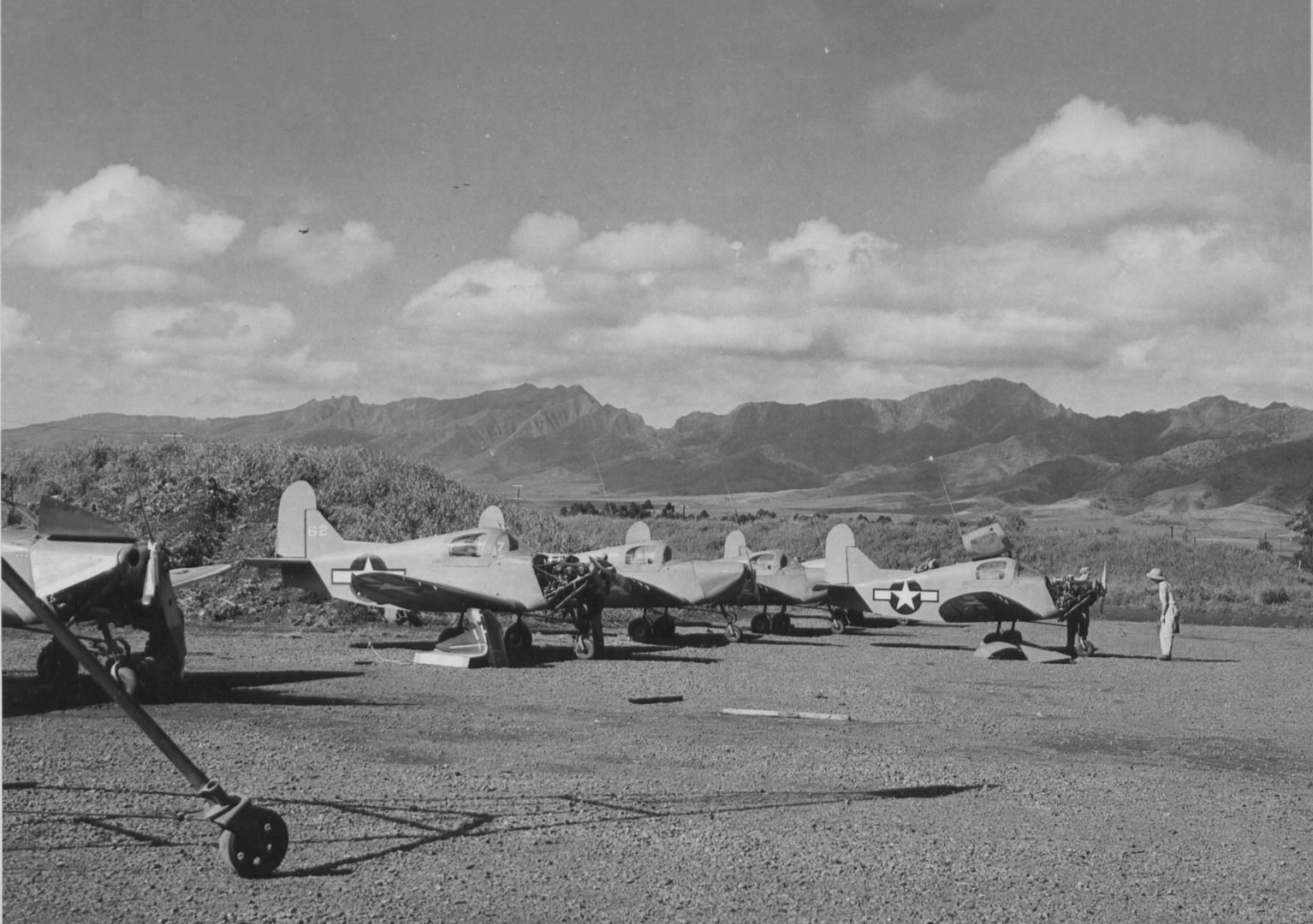

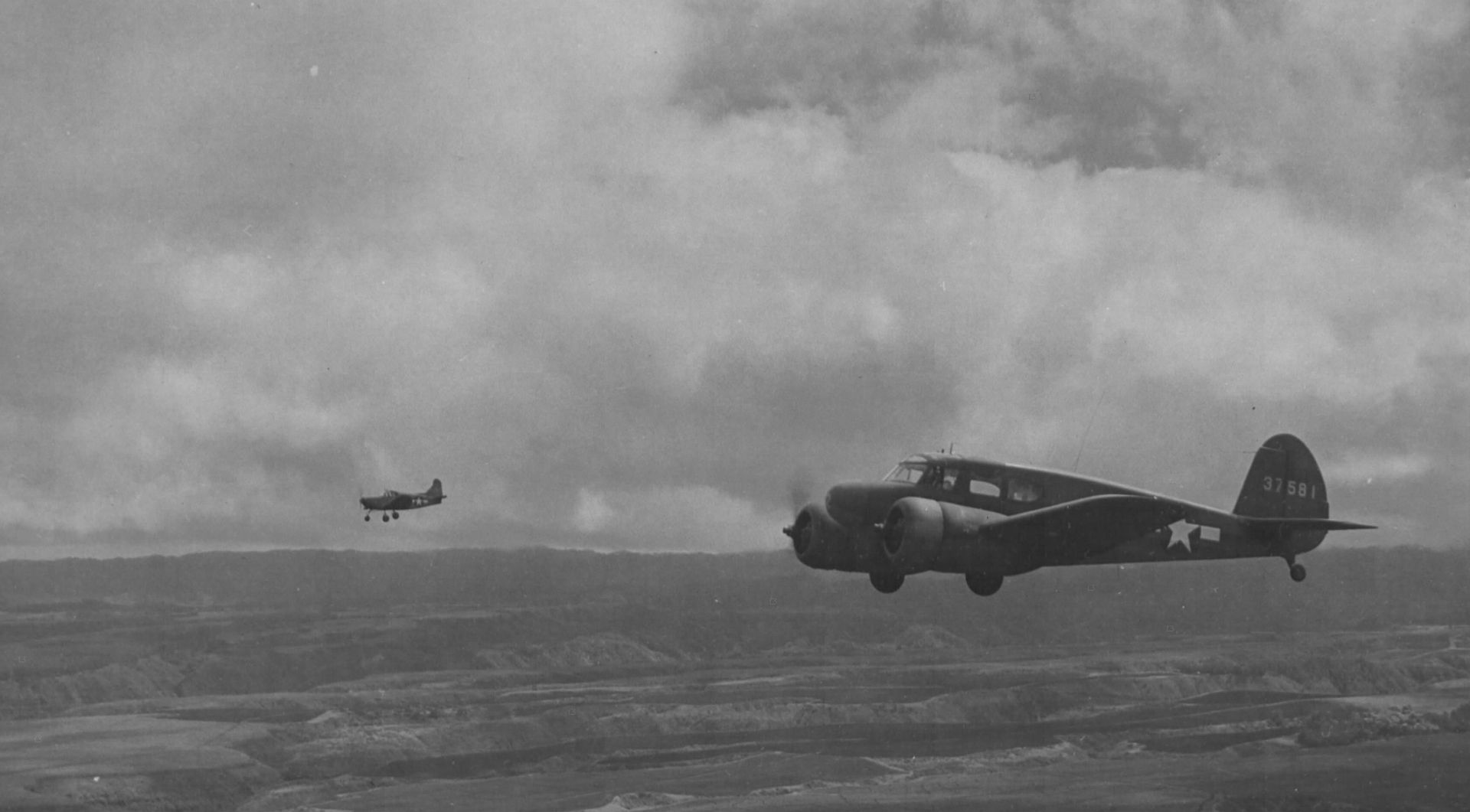
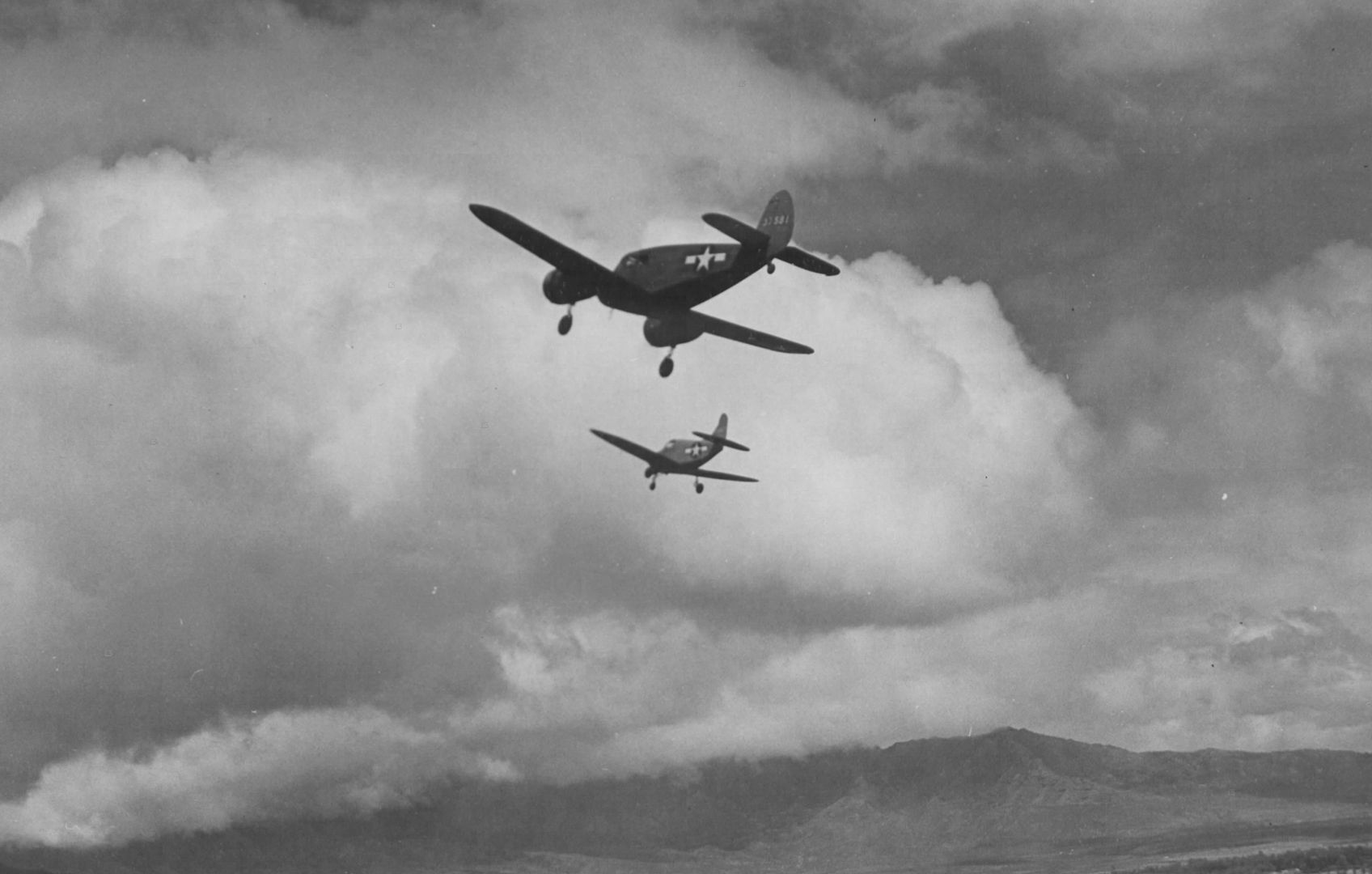
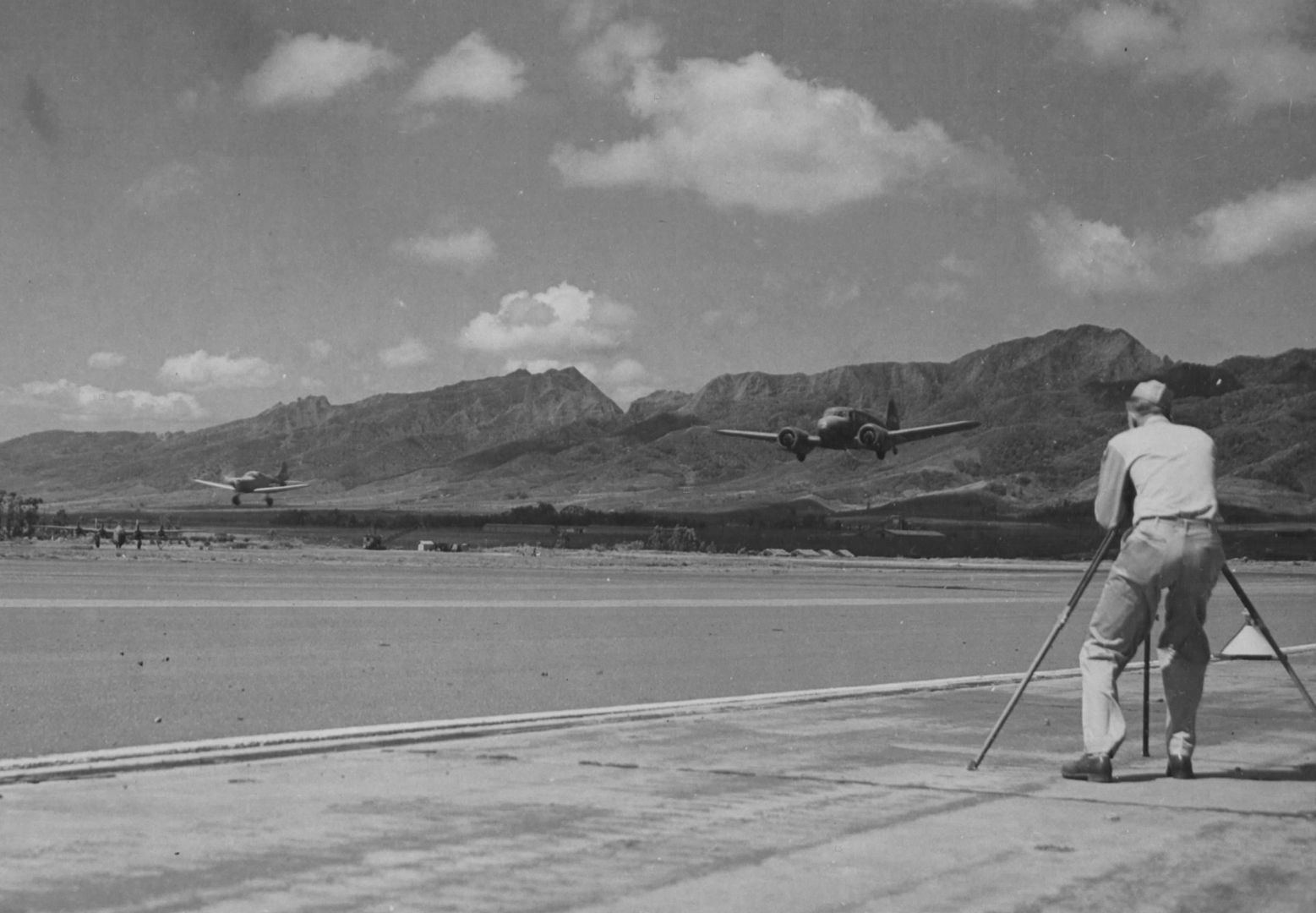
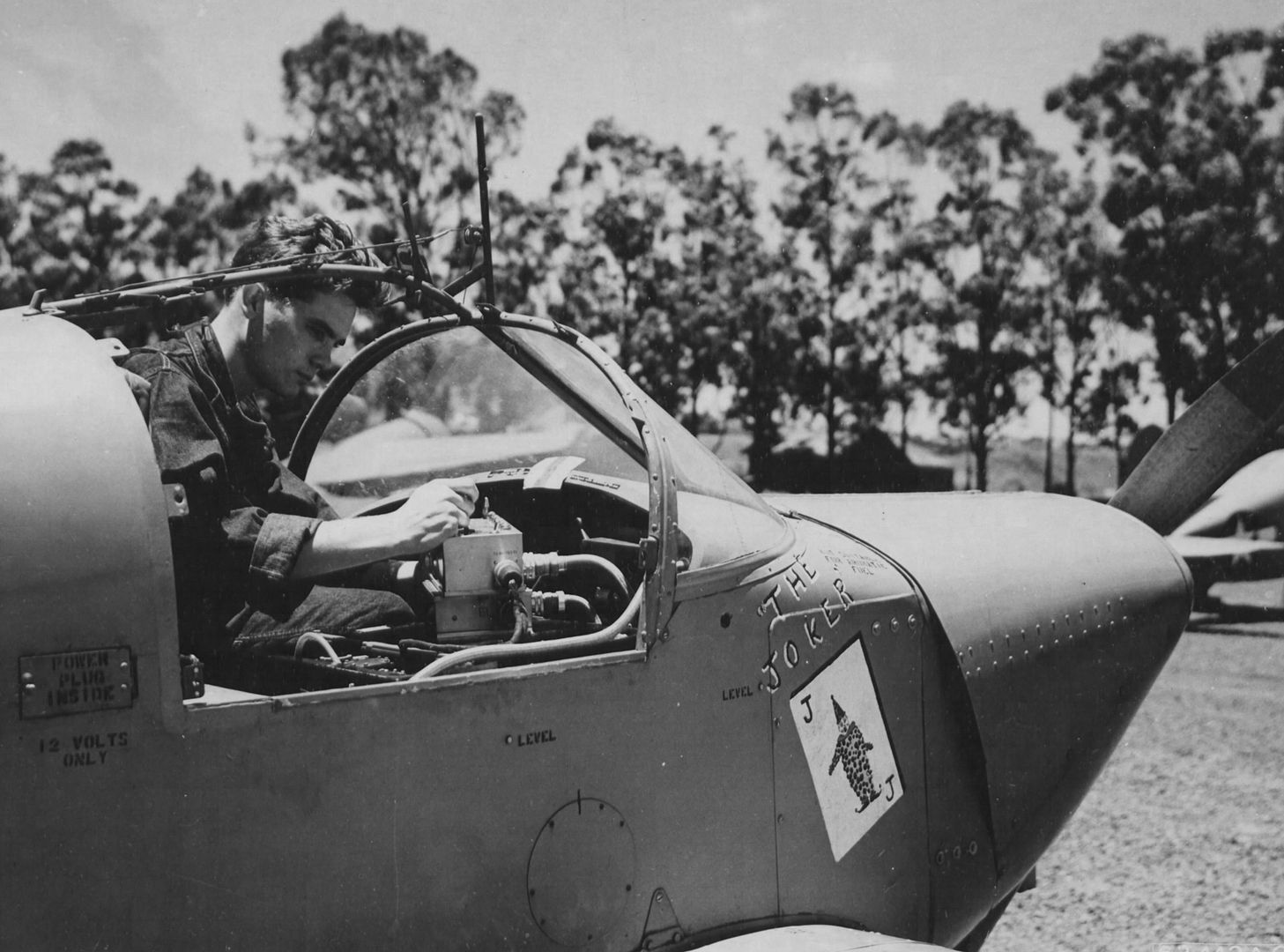

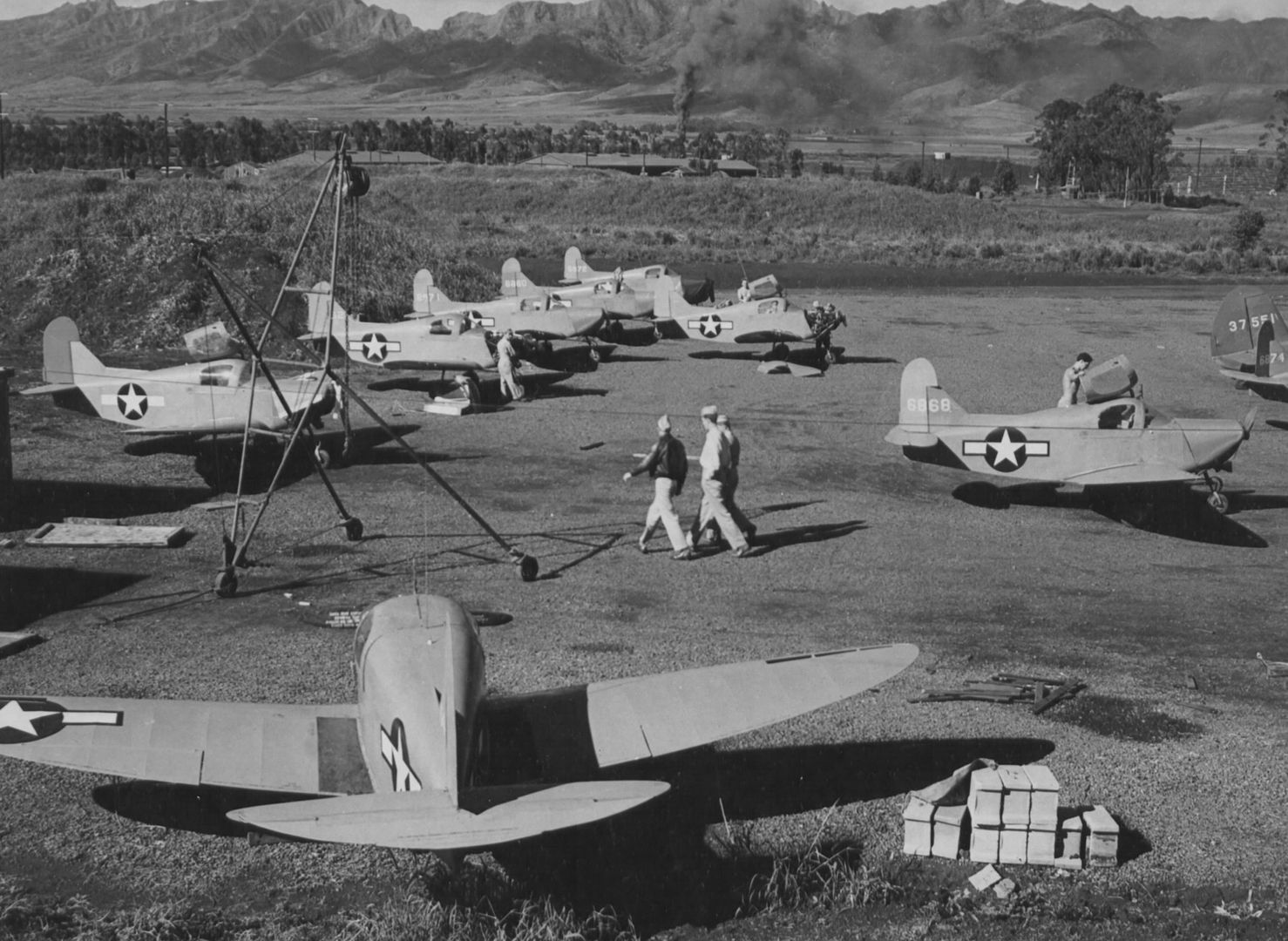
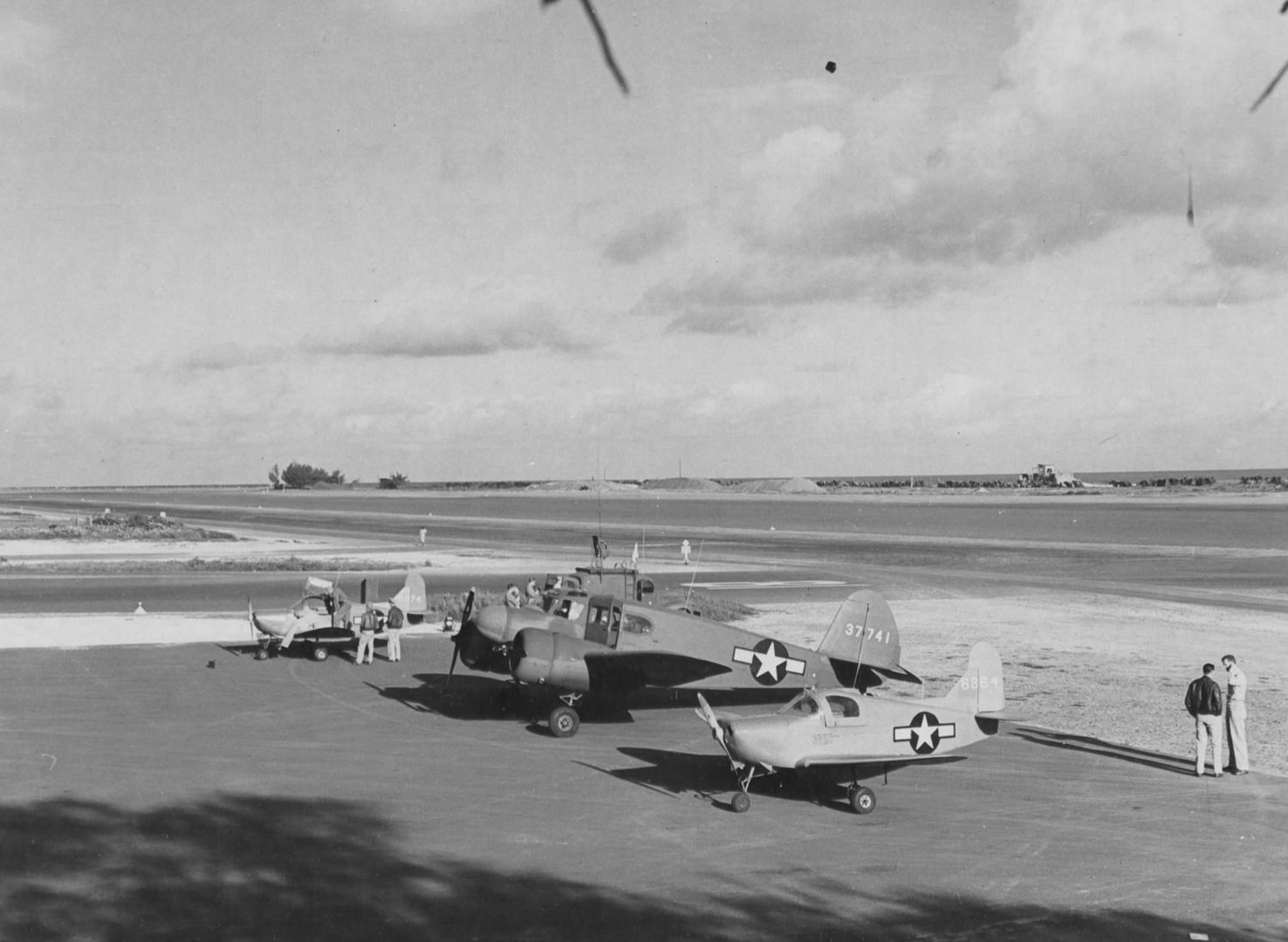
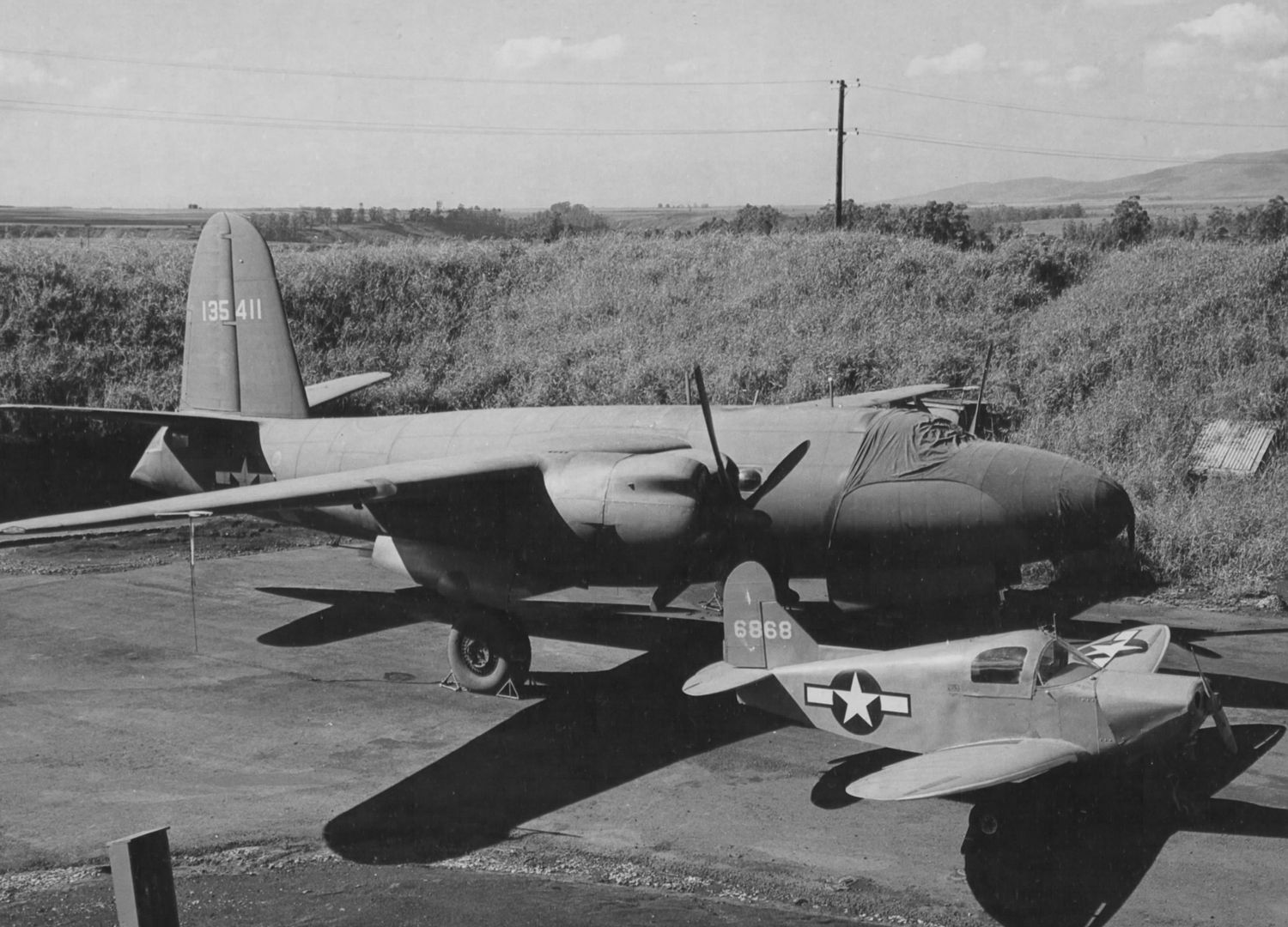
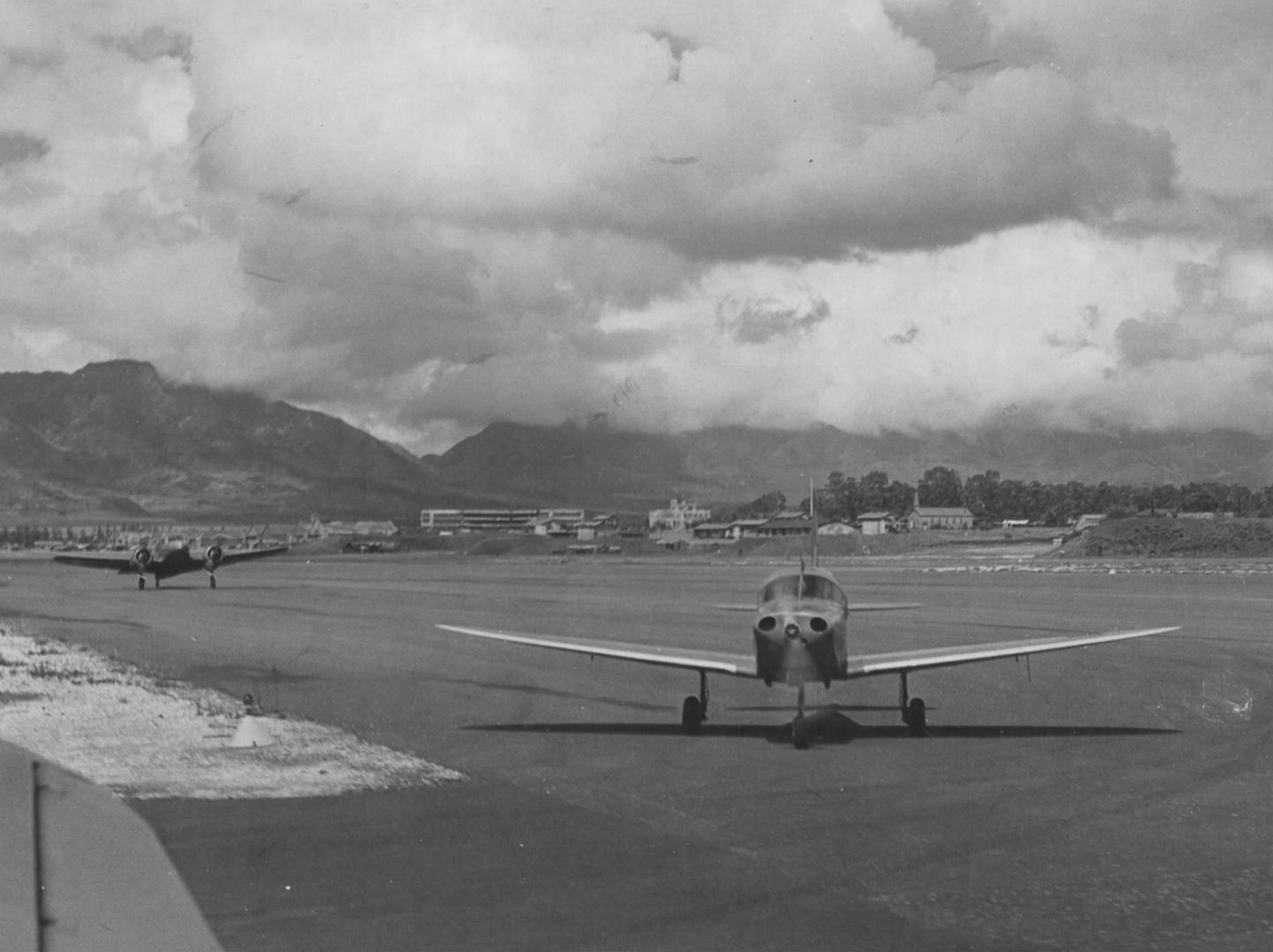
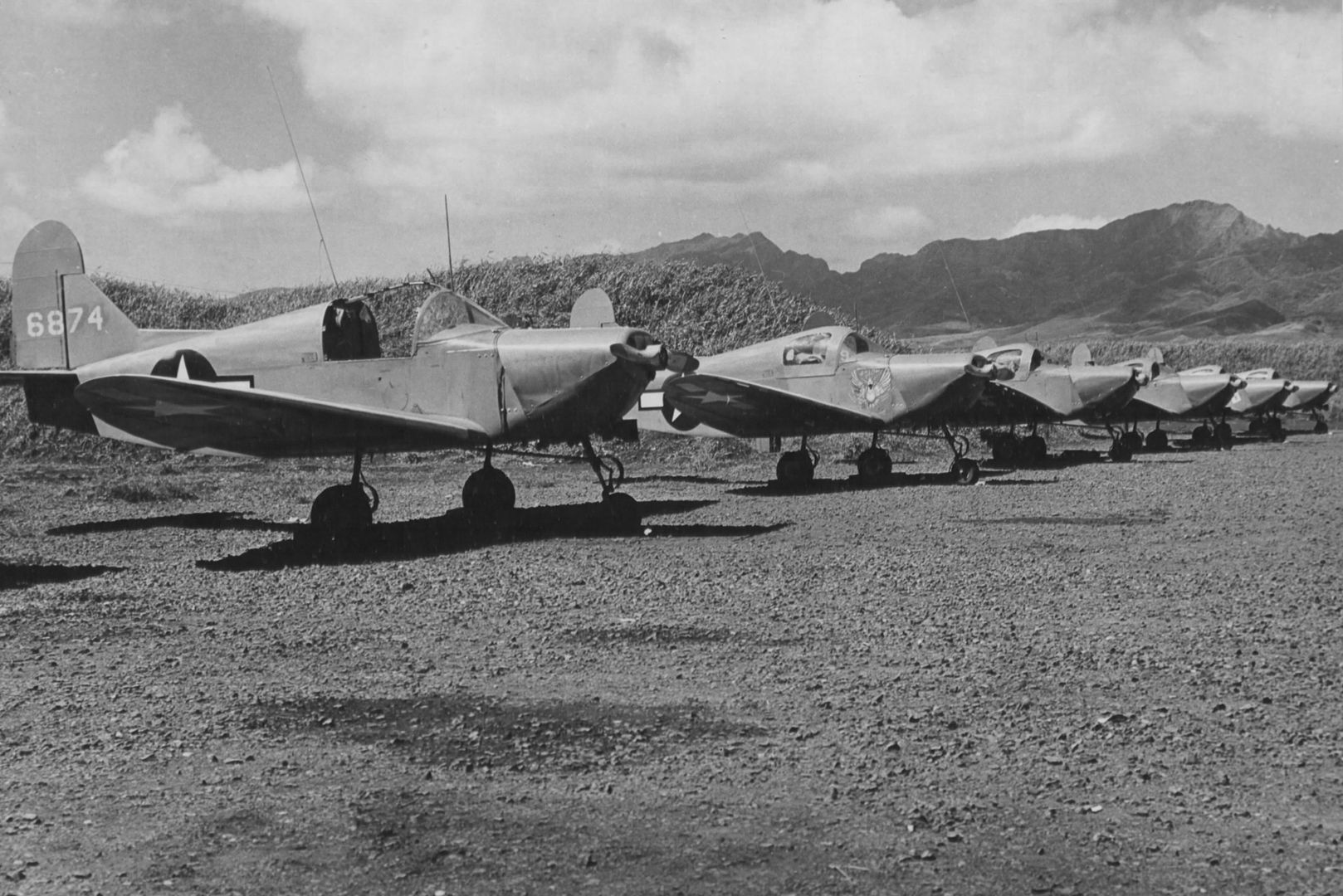
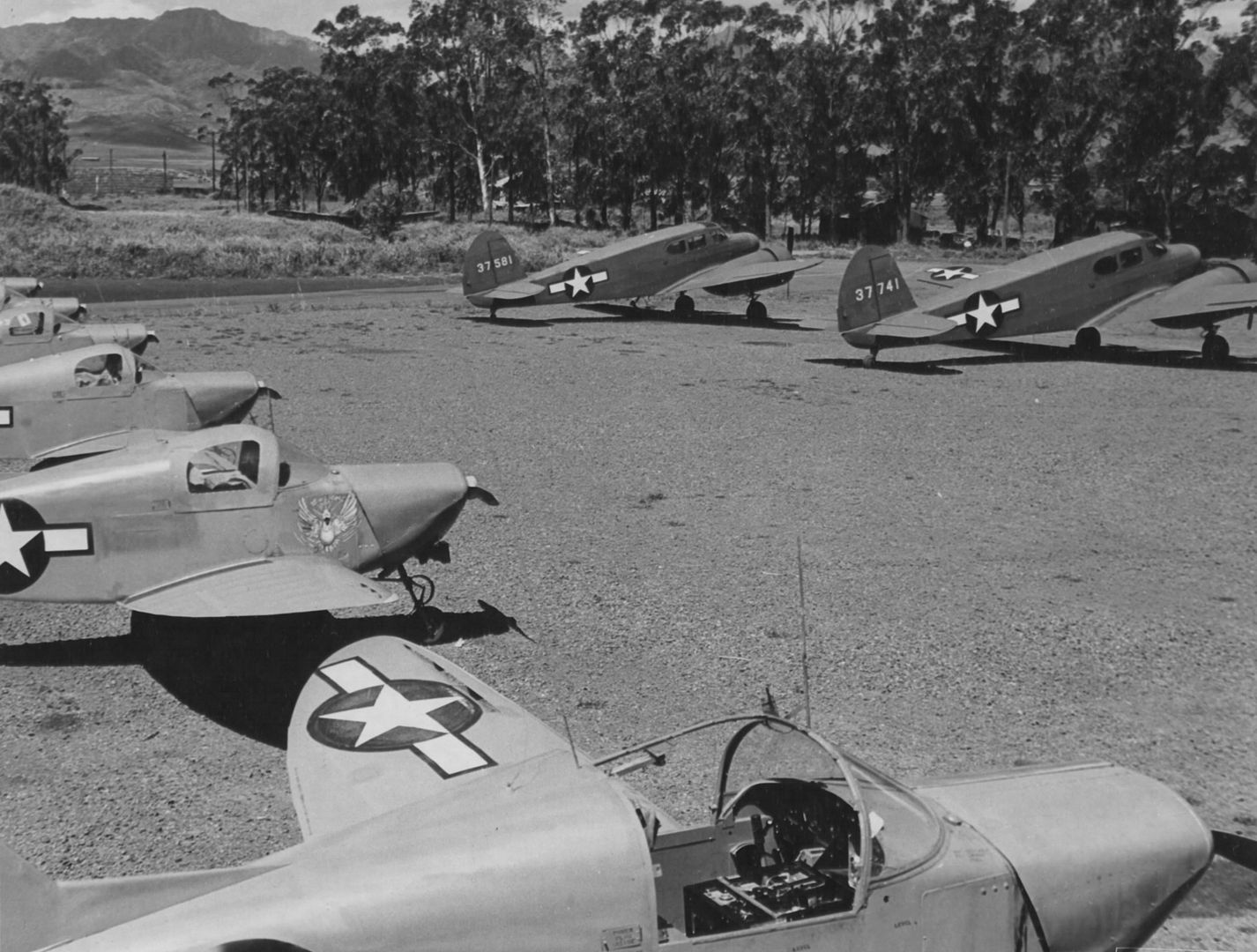
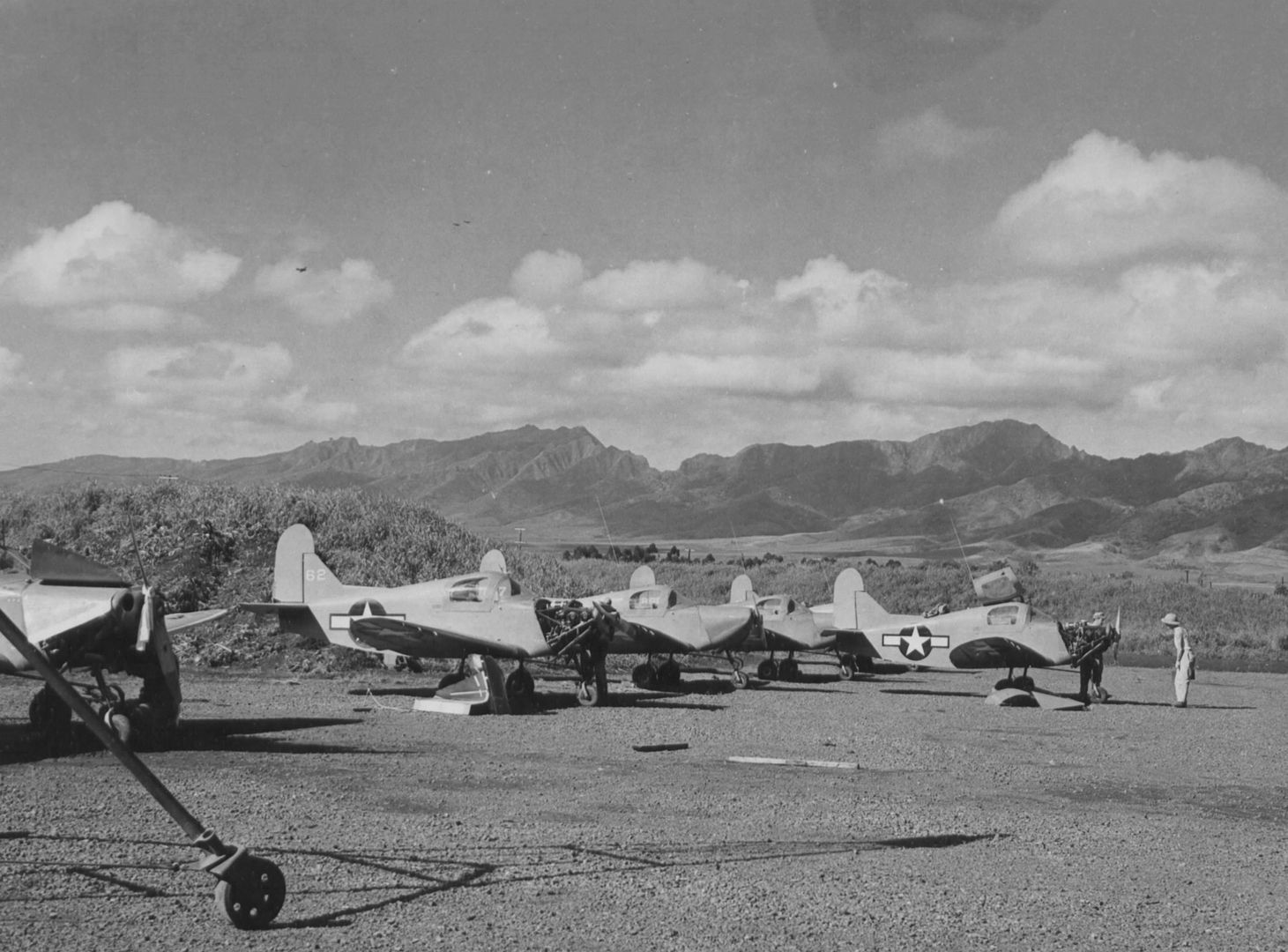
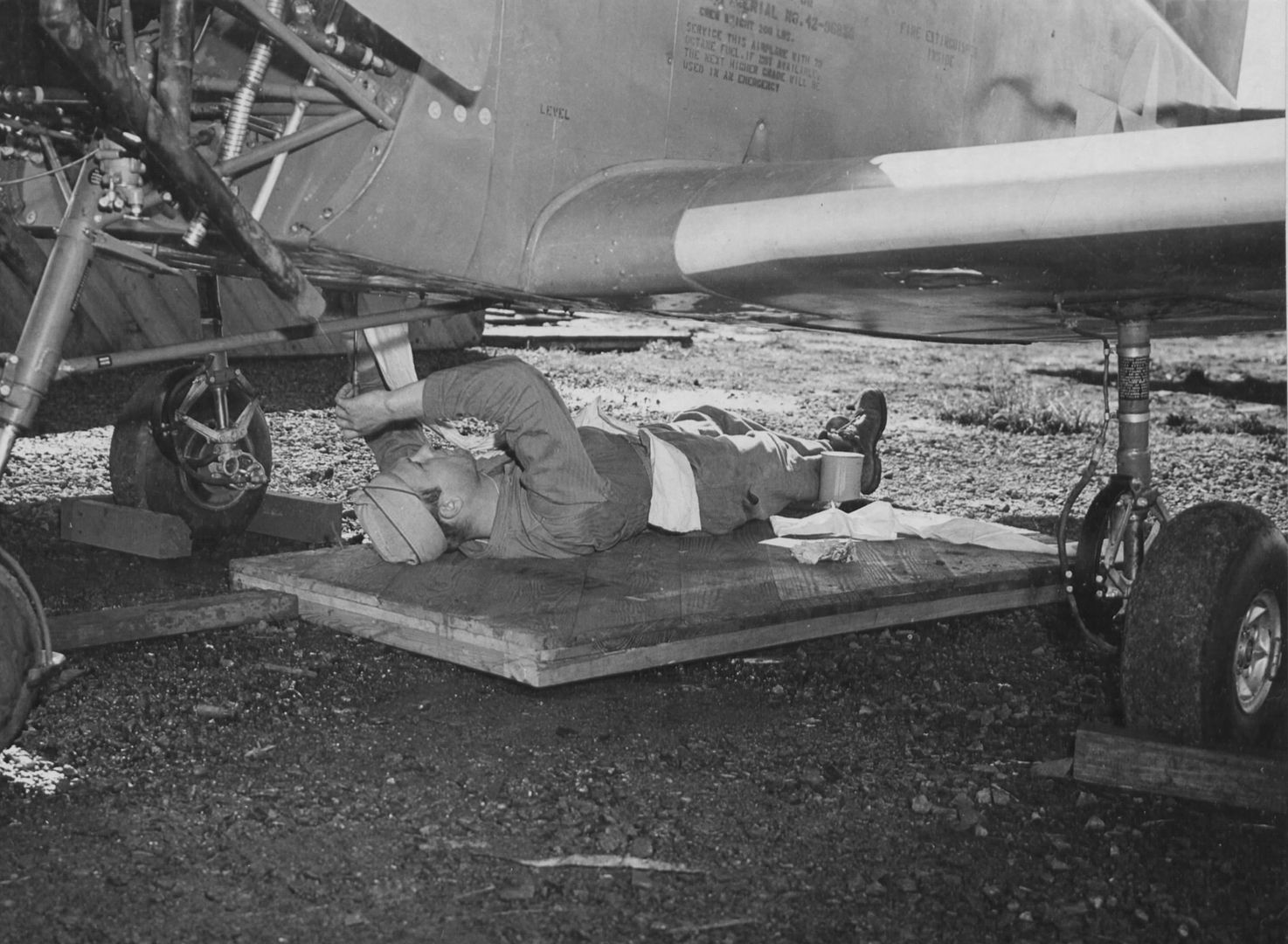
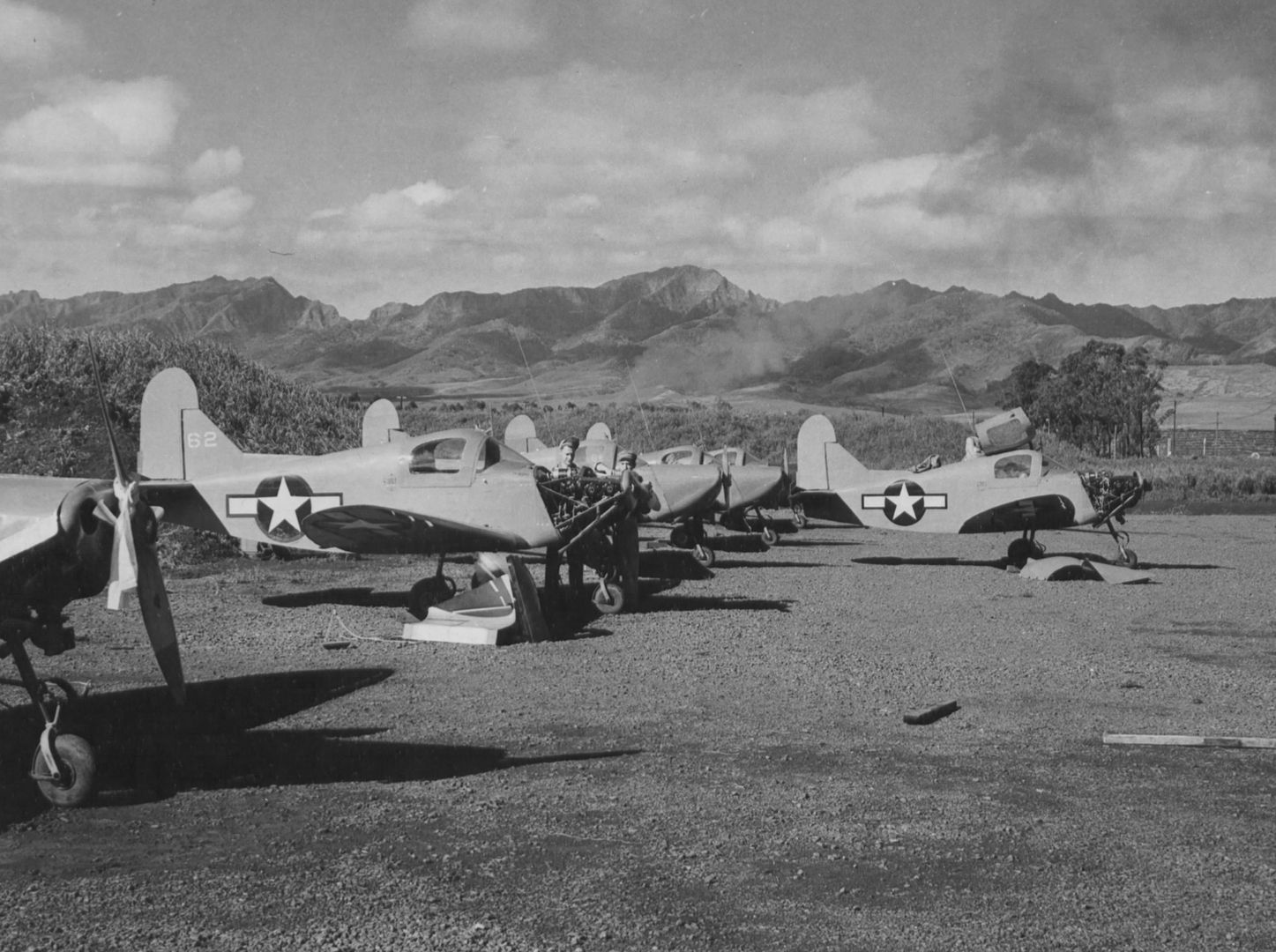
Below Culver TDC-2 NAS Santa Ana 1946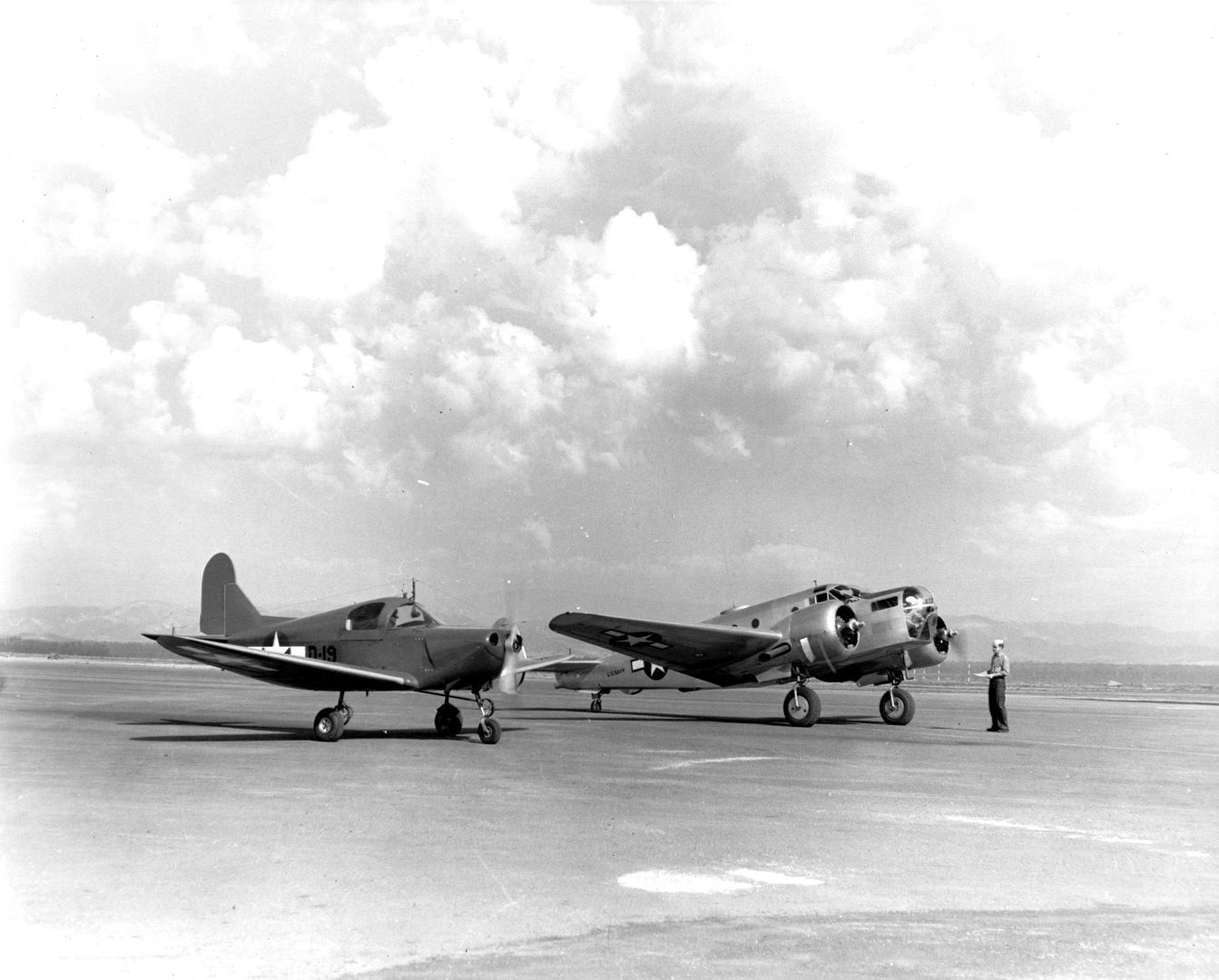
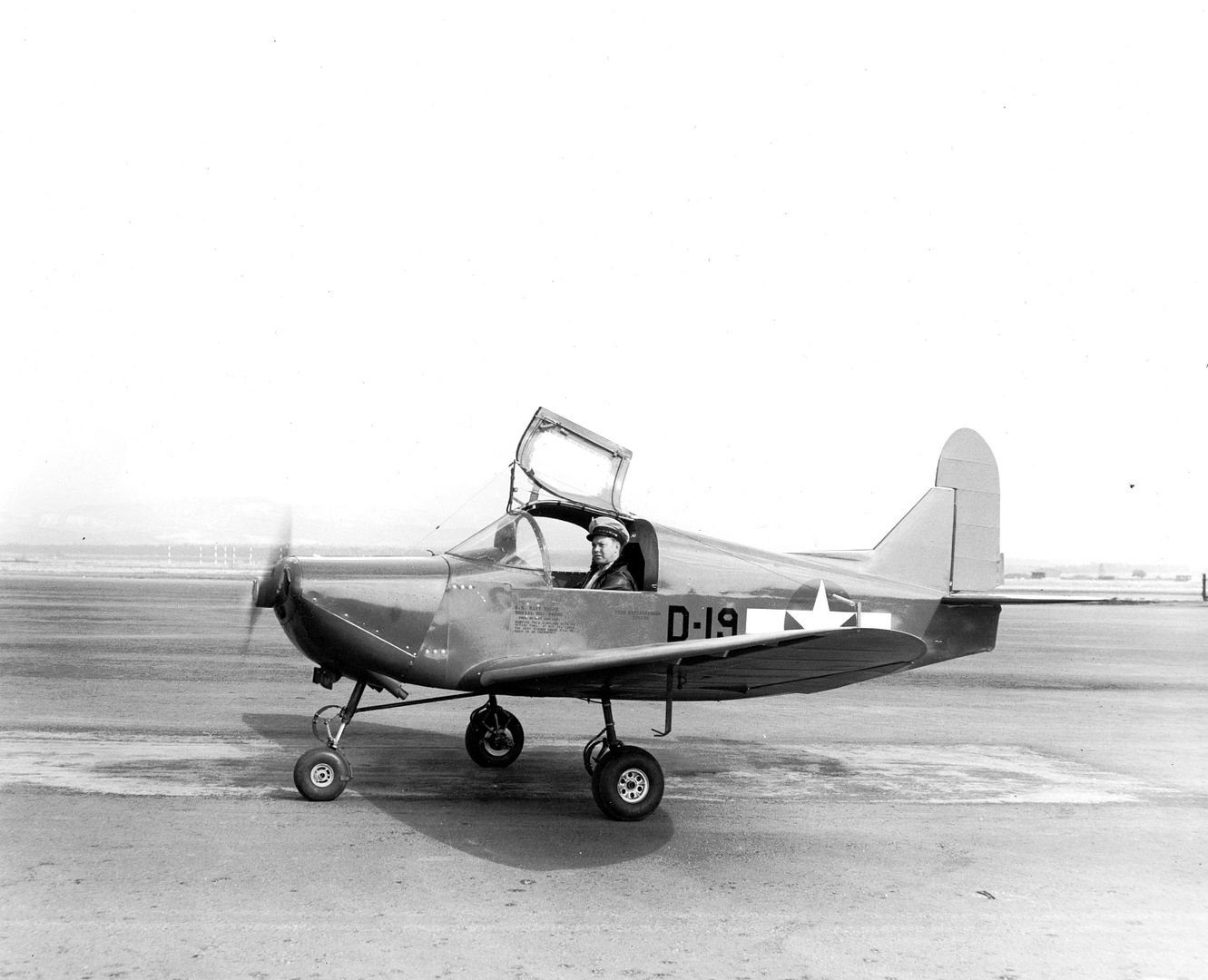
General characteristics
Crew: two
Length: 17 ft 8 in (5.38 m)
Wingspan: 27 ft 0 in (8.23 m)
Height: 5 ft 6 in (1.68 m)
Wing area: 120 ft? (11.15 m?)
Empty weight: 806 lb (366 kg)
Max. takeoff weight: 1,305 lb (592 kg)
Powerplant: 1 ? Franklin 4AC-176-F3 flat-four piston, 80 hp (60 kw)
Performance
Maximum speed: 142 mph (229 km/h)
Range: 500 miles (805 km)
Service ceiling: 17,000 ft (5180 m)
Culver PQ-14 Cadet
Design and development
Culver proposed a modification of its civilian Model LFA Cadet which the Army purchased as the PQ-8. The success of the PQ-8 led to the development of the "NRD"; a single PQ-8 was converted to the new configuration and tested by the USAAF as the XPQ-14. Larger and faster than the PQ-8, the PQ-14 also had retractable landing gear and fuselage, wings and tail components made of wood with stressed plywood skin.
This prototype was followed by YPQ-14A service test aircraft and 1,348 PQ-14A production models. Of the latter, 1,198 were transferred to the US Navy, which designated them as TD2C-1 with the decidedly unattractive name Turkey.
The YPQ-14B was a slightly heavier variant; a total of 25 were produced before production shifted to the PQ-14B. A total of 594 PQ-14Bs served as target drones for the USAAF. A single PQ-14B was converted to use an O-300-9 engine and designated XPQ-14C. After World War II, the Culver company developed the XPQ-15 from their Model V light aircraft. After only four were delivered the company went bankrupt in 1946.
Operational history
The XPQ-14 was first flown in 1942 and began to be received in training units shortly after. The aircraft was flown unmanned, controlled by radio, but was flown by a pilot for ferry flights, utililizing a rudimentary control panel installed for that purpose and using their parachutes as a seat. Docile and easy to fly, the aircraft was finished in a bright red target color scheme although operationally, a silver or red finish was applied. Without a pilot they were flown from a "mother ship" aircraft. The typical mother ship was a Beech C-45. Despite their short lifespan, the aircraft performed well and the Franklin engine was considered "trouble-free".
Most of the Culver target aircraft were "blasted out of the sky" by Army anti-aircraft gunners but a dozen or more survived and were surplused after 1950. Flown as a recreational aircraft, their new owners found that the aircraft had a sprightly performance. One is preserved as a flying example at the Planes of Fame in Chino, California, another is part of the collection at the National Museum of the United States Air Force and a third N5526A, that flew to airshows throughout the 1970s holding the last airworthiness certificate is displayed at the Airpower Museum at Blakesburg, Iowa.
Below PQ-14s Cadet aircraft are shown undergoing what appears to be maintenance and inspection checks at Tinker Field Oklahoma.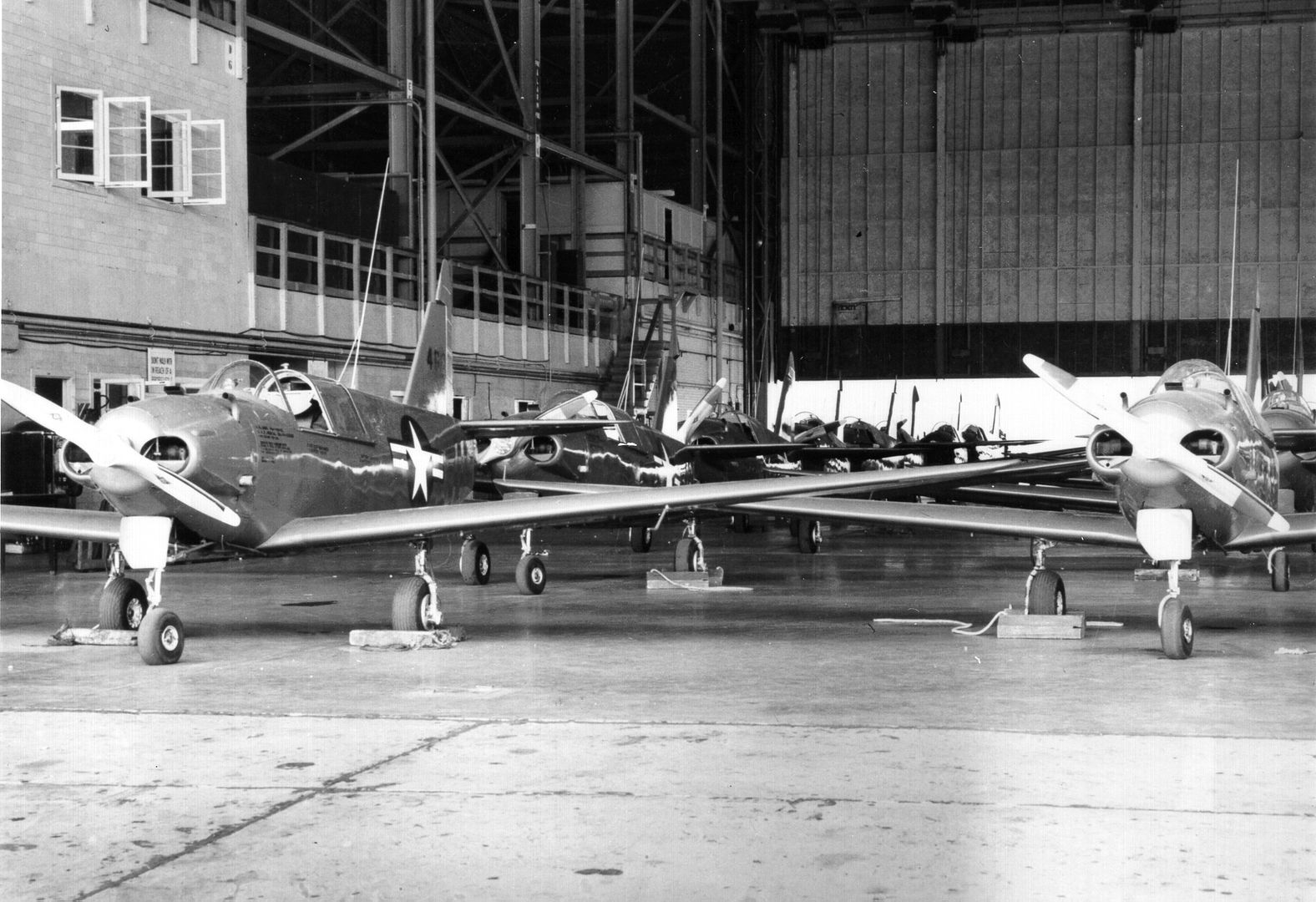
Below Culver PQ-14A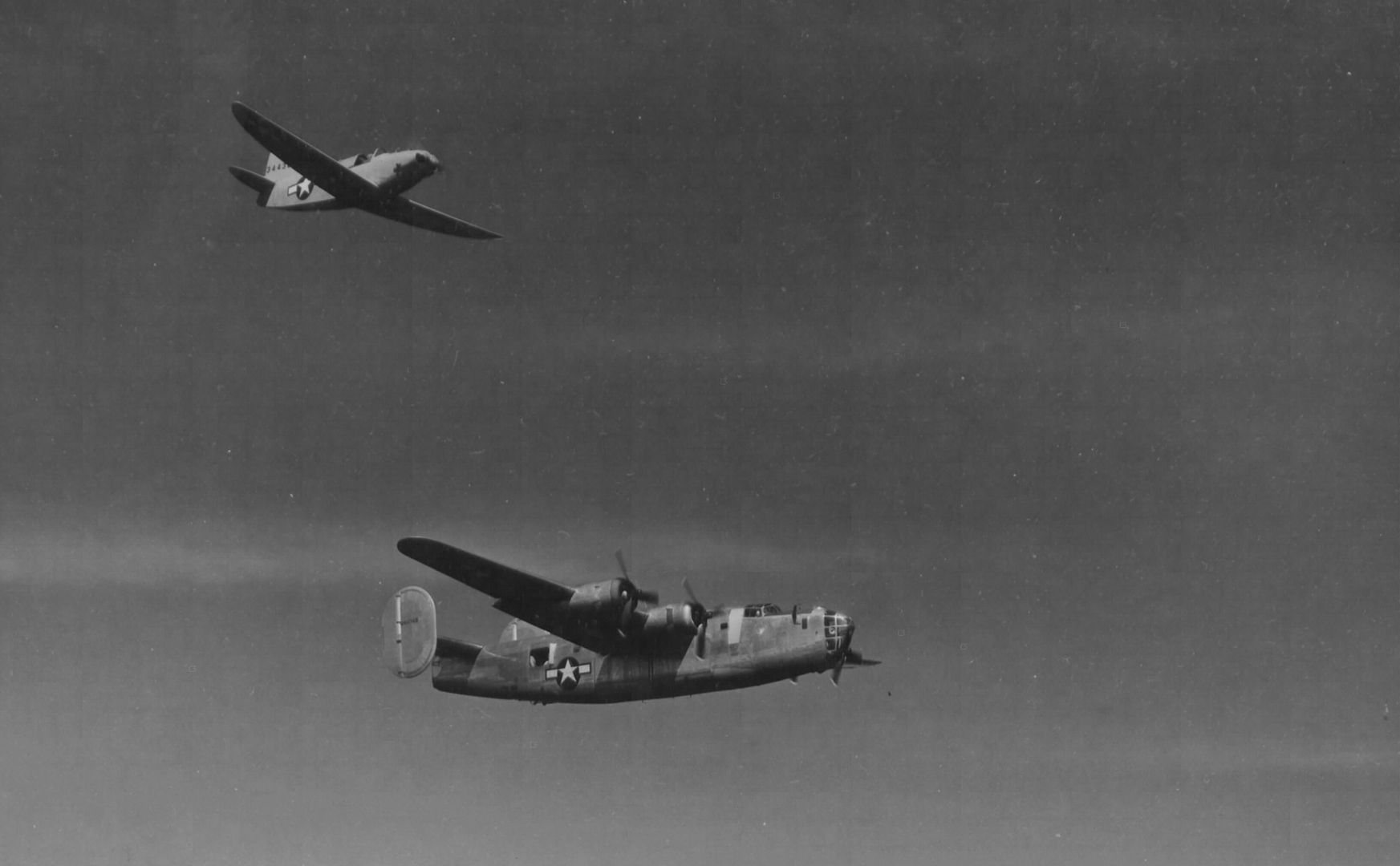
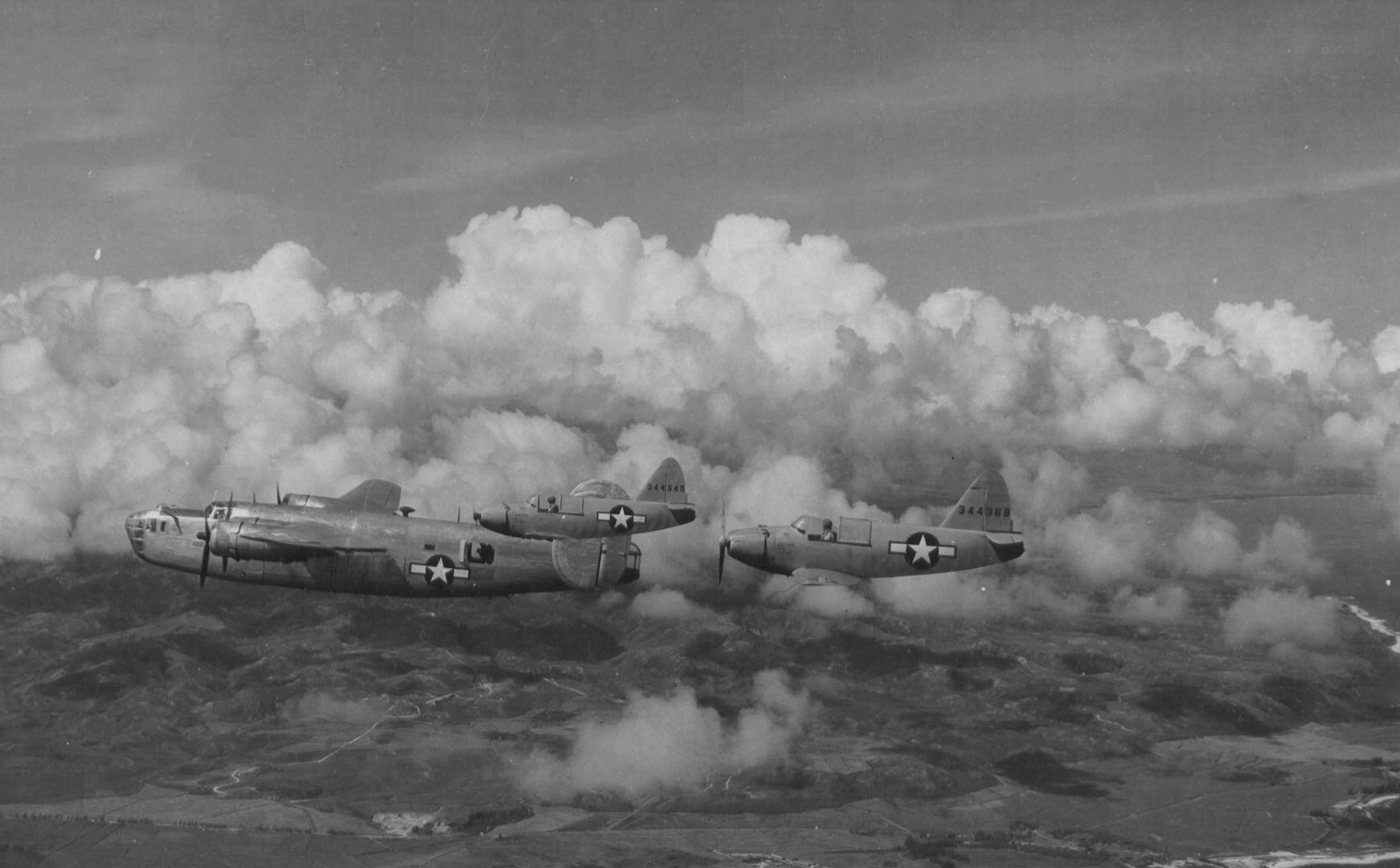
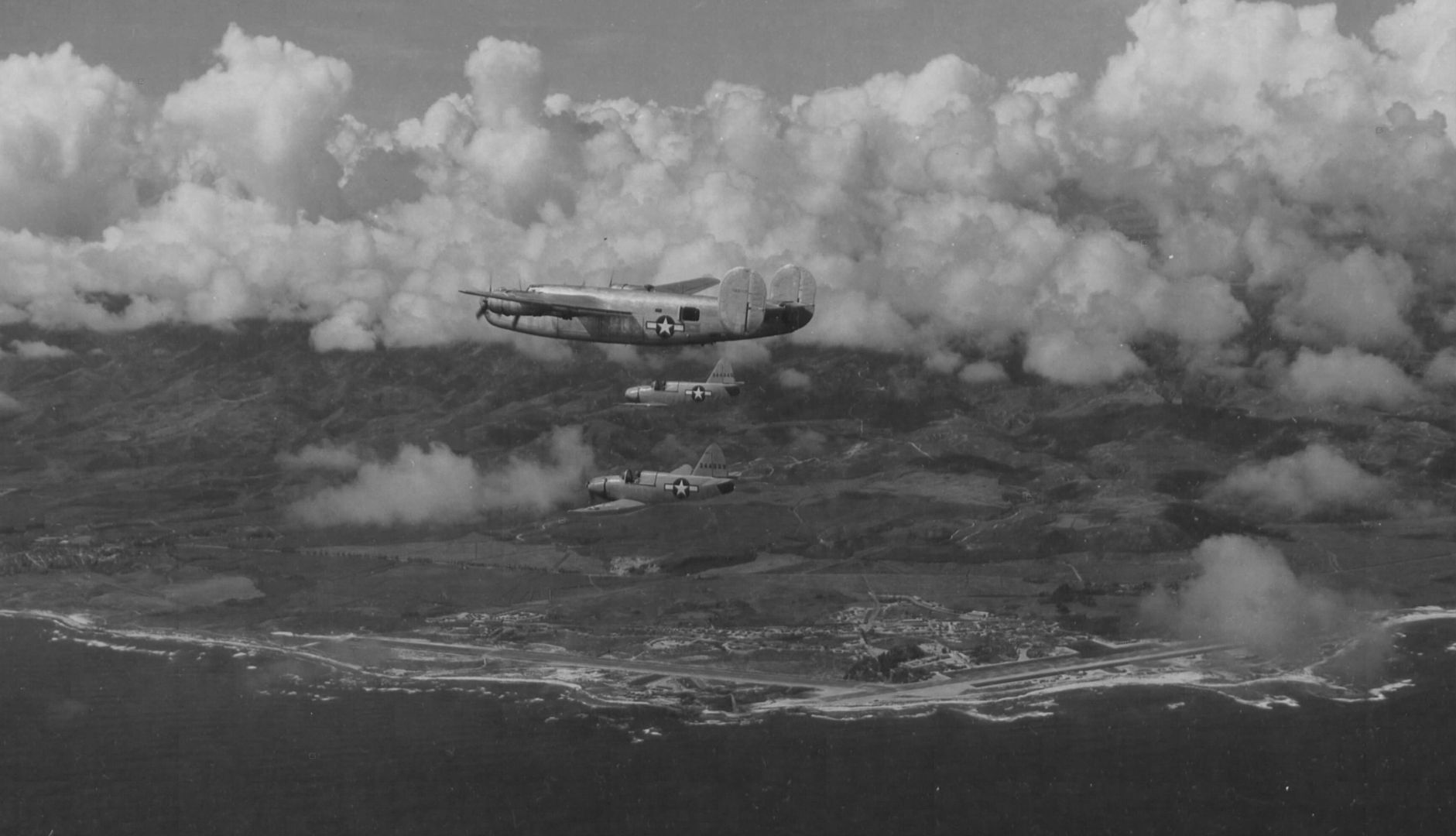
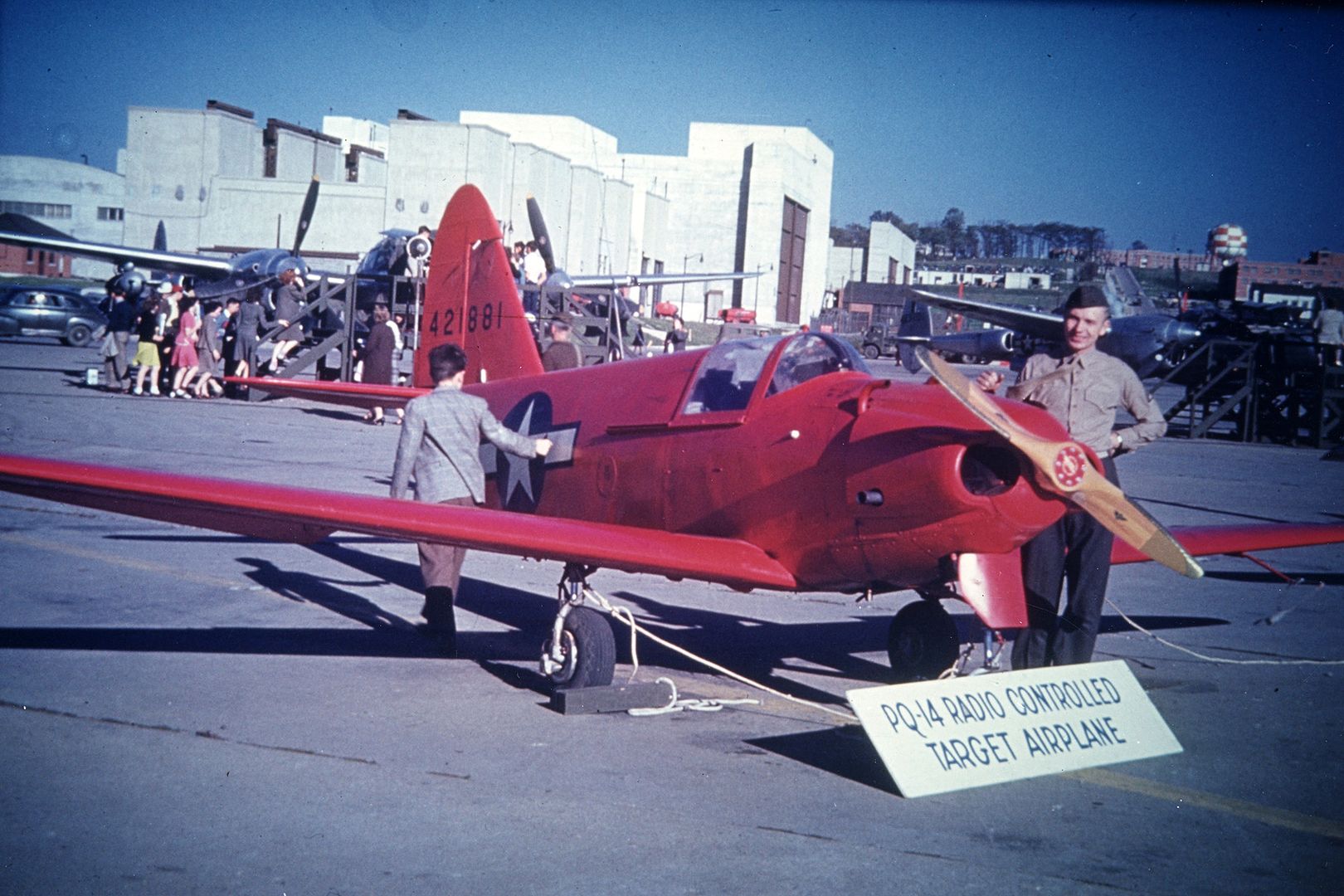
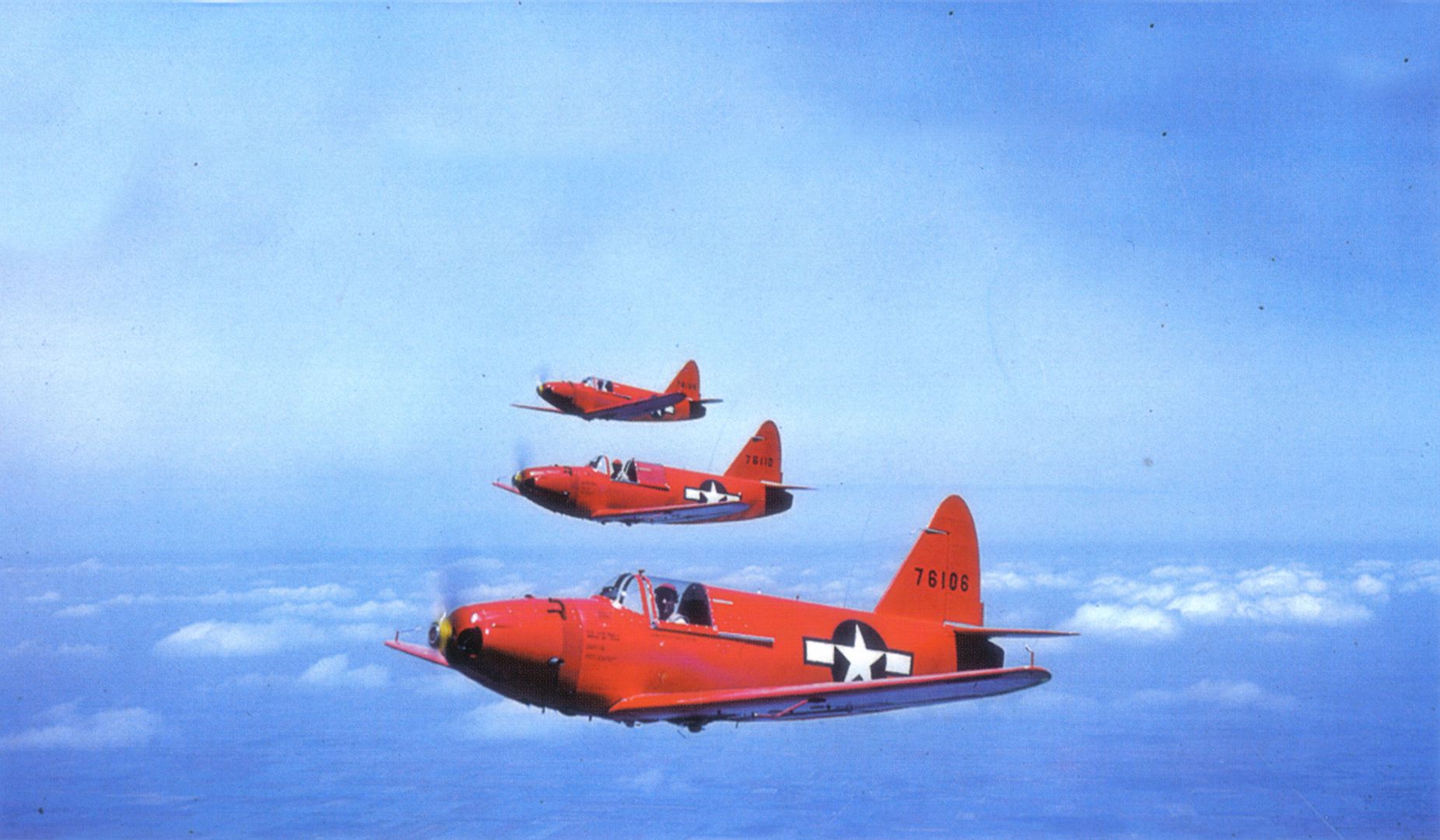
Below Culver PQ-14B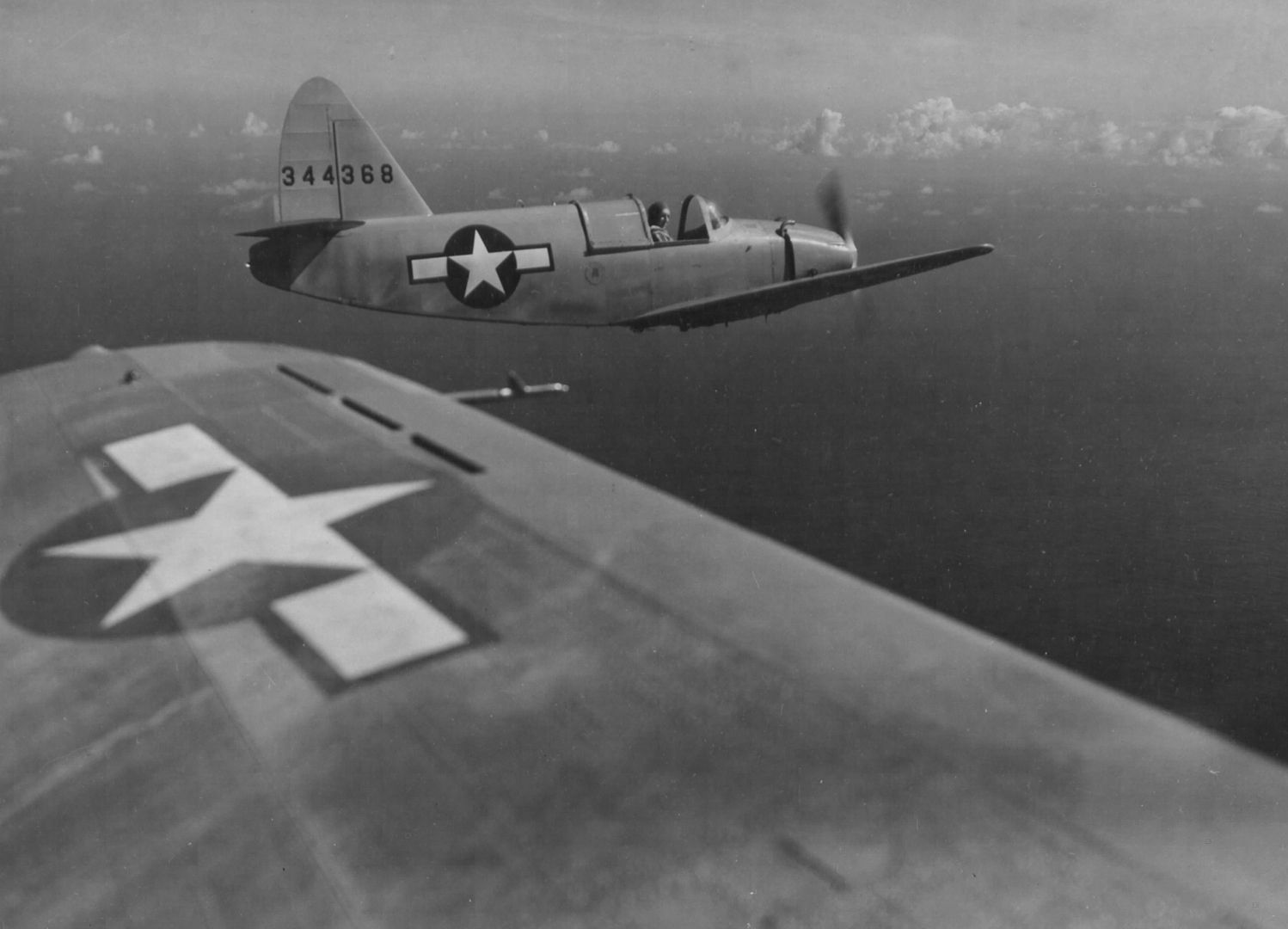
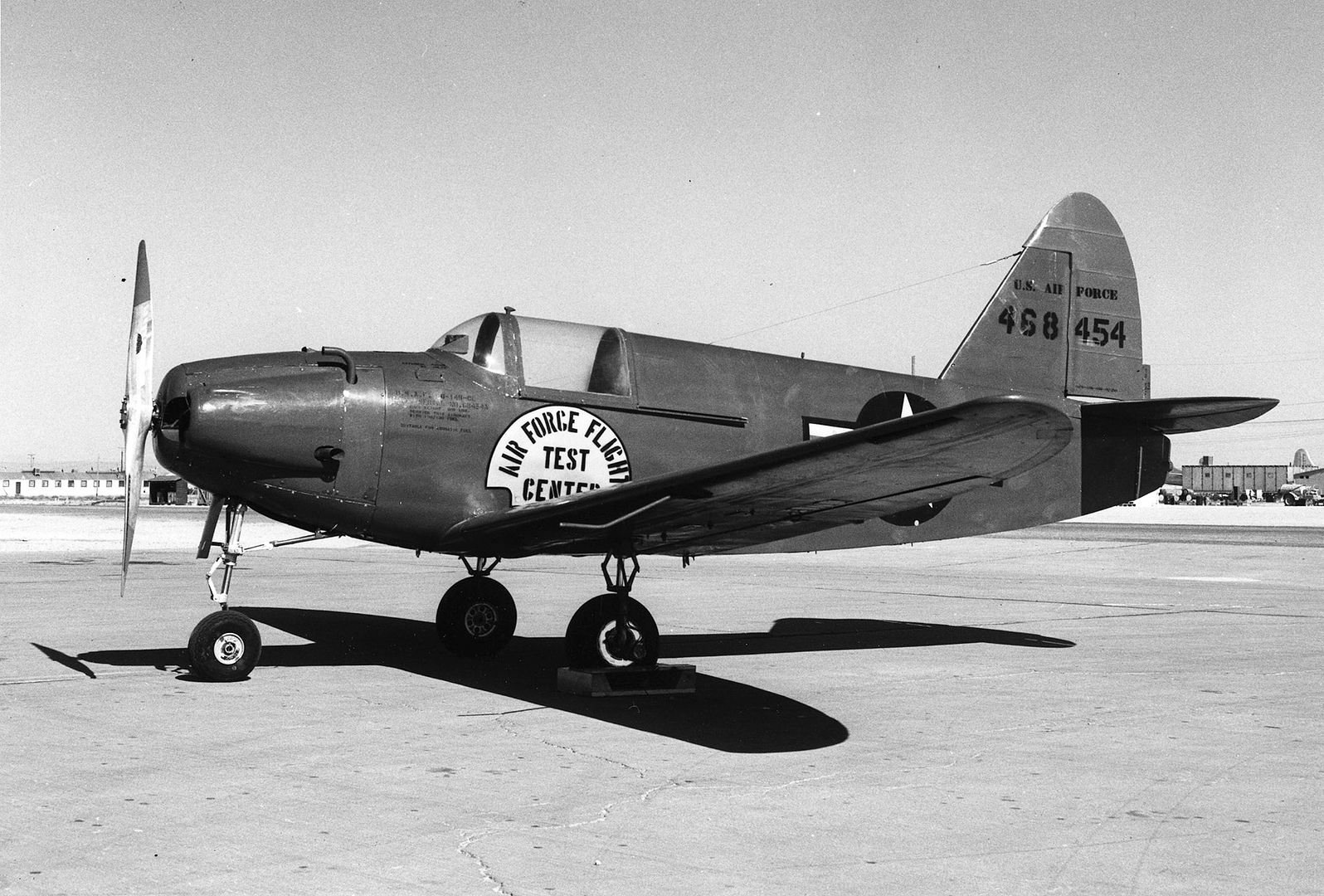
Specifications (Culver PQ-14A)
General characteristics
Crew: One
Length: 19 ft 6 in (5.94 m)
Wingspan: 30 ft (9.14 m)
Height: 8 ft 4.5 in (2.55 m)
Loaded weight: 1,830 lb (830 kg)
Powerplant: 1 ? Franklin 6ACT-298-35 6-cyl. air-cooled horizontally-opposed piston engine, 150 hp (97 kW)
Performance
Maximum speed: 185 mph (300 km/h)
Cruise speed: 150 mph (241 km/h)
Range: 512 mi (823 km)
Service ceiling: 17,000 ft (5,184 m)
Post a reply
- Go to Previous topic
- Go to Next topic
- Go to Welcome
- Go to Introduce Yourself
- Go to General Discussion
- Go to Screenshots, Images and Videos
- Go to Off topic
- Go to Works in Progress
- Go to Skinning Tips / Tutorials
- Go to Skin Requests
- Go to IJAAF Library
- Go to Luftwaffe Library
- Go to RAF Library
- Go to USAAF / USN Library
- Go to Misc Library
- Go to The Ops Room
- Go to Made in Germany
- Go to Campaigns and Missions
- Go to Works in Progress
- Go to Juri's Air-Raid Shelter
- Go to Campaigns and Missions
- Go to Works in Progress
- Go to Skinpacks
- Go to External Projects Discussion
- Go to Books & Resources
